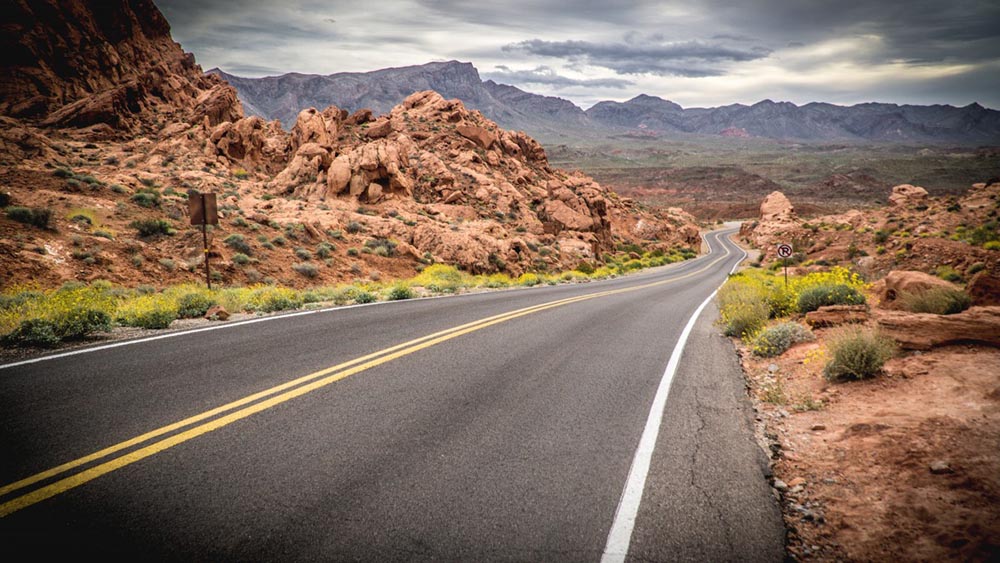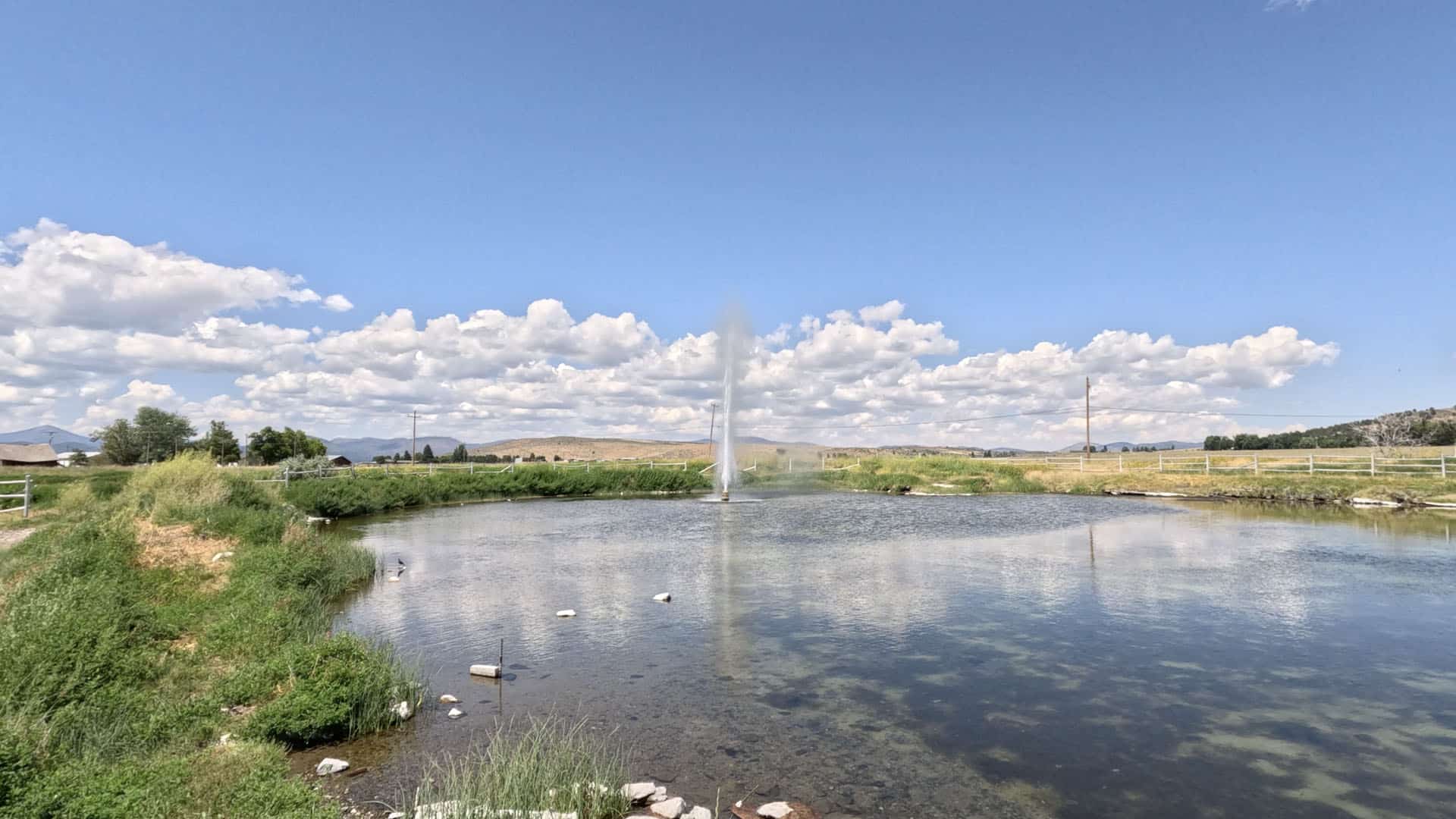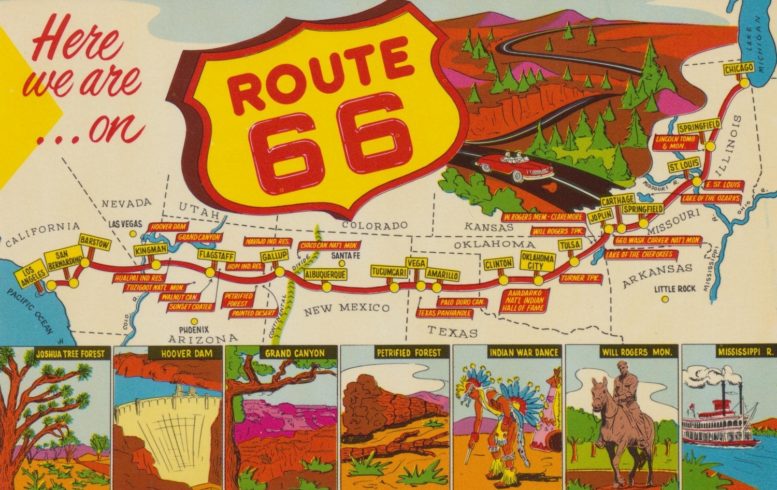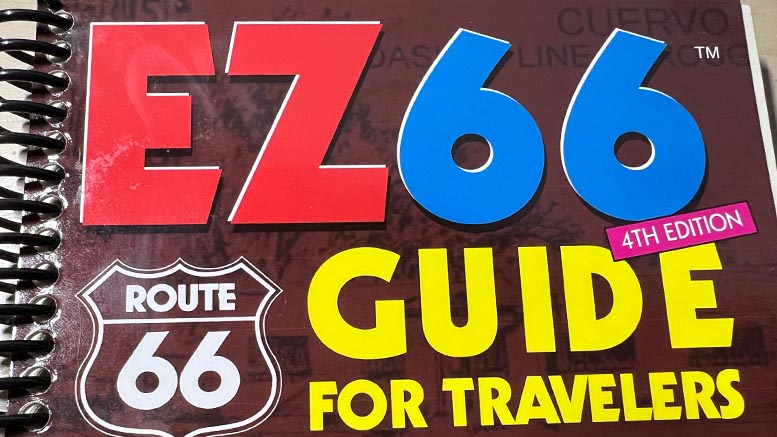Anyone who has spent any time driving on a road trip knows that not all roads are created equal. While every road has something to offer, in the grand scheme, only a few are named National Scenic Byways, and even fewer are still given the title of All American Road.
So what makes a road deserving of the title National Scenic Byway and what sets apart those roads from the even rarer All American Road designation?
Criteria to Become a National Scenic Byway
The United States Department of Transportation chooses National Scenic Byways and first must go through a nomination procedure. In order to be considered, they must already be designated state scenic byways. National Scenic Byways must have one or more of six intrinsic qualities to be considered. Those qualities are:
- Scenic quality is the heightened visual experience derived from the view of natural and manmade elements of the visual environment of the scenic byway corridor. The characteristics of the landscape are strikingly distinct and offer a pleasing and memorable visual experience.
- Natural quality applies to those features in the visual environment that is relatively undisturbed. These features predate the arrival of human populations and may include geological formations, fossils, landforms, water bodies, vegetation, and wildlife. There may be evidence of human activity, but the natural features reveal minimal disturbances.
- Historic quality encompasses legacies of the past that are distinctly associated with physical elements of the landscape, whether natural or manmade, that is of such historical significance that they educate the viewer and stir an appreciation for the past. The historic elements reflect people’s actions and may include buildings, settlement patterns, and other examples of human activity.
- Cultural quality is evidence and expressions of the customs or traditions of a distinct group of people. Cultural features include, but are not limited to, crafts, music, dance, rituals, festivals, speech, food, special events, or vernacular architecture.
- Archeological quality involves those characteristics of the scenic byways corridor that are physical evidence of historic or prehistoric human life or activity. The scenic byway corridor’s archeological interest, as identified through ruins, artifacts, structural remains, and other physical evidence has a scientific significance that educates the viewer and stirs an appreciation for the past.
- Recreational quality involves outdoor recreational activities directly associated with and dependent upon the natural and cultural elements of the corridor’s landscape. The recreational activities provide opportunities for active and passive recreational experiences. They include but are not limited to downhill skiing, rafting, boating, fishing, and hiking. Driving the road itself may qualify as a pleasurable recreational experience. The recreational activities may be seasonal, but the quality and importance of the recreational activities as seasonal operations must be well recognized.
Criteria to Become an All American Road
In order to become an All American Road, a road must meet at least two of the intrinsic qualities to become a National Scenic Byway. The designation as an All American Road means the road has features that do not exist elsewhere in the United States and are unique and important enough to be tourist destinations unto themselves.
Currently, 37 roads in the United States are designated as All American Roads.
History of the National Scenic Byway
The National Scenic Byway Program was established under the Intermodal Surface Transportation Efficiency Act of 1991. On May 18, 1995, the Federal Highway Administration came out with the list of the six intrinsic qualities that would be the criteria for selecting a road as a National Scenic Byway or All-American Road. In September 1995, the first 14 National Scenic Byways and six All-American Roads were announced.
How many National Scenic Byways Are there?
Since the first 14 National Scenic Byways and six All American Roads were announced in 1995, more roads have been added every few years. As of July 2022, there are 184 National Scenic Byways in the United States. This number includes 150 National Scenic Byways and 37 All American Roads.
Note: The number of All American Roads and National Scenic Byways don’t add up mathematically because of the way the FHWA counts different roads, with parts of some roads being an All American Road in one state but only a National Scenic Byway in another.
Why are there no National Scenic Byways in Texas?
Texas and Hawaii are the only two states with no roads designated as National Scenic Byways or All American Roads. There are no National Scenic Byways in Texas because one of the criteria to become a National Scenic Byway is the road must already be designated as a scenic byway by the state, and Texas is the only state that does not have a state scenic byway program.
Hawaii, the only other state without a National Scenic Byway, does have a state scenic byway program, but it wasn’t established until 2012. Hawaii currently has five roads designated as scenic byways by the state, and at least one of them will likely become a National Scenic byway before long.
What is the Longest National Scenic Byway?
Technically it is the Alaska Marine Highway at about 3,500 miles, though the byway consists of ferry routes between various ports. You can catch the ferry in Bellingham, WA, and take it all the way to Unalaska in the Aleutian Islands, but a ferry captain will be doing the majority of the driving.
The longest National Scenic Byway that you can drive yourself is Route 66. The whole length of Route 66 from Chicago to Santa Monica isn’t considered a National Scenic Byway, though. The Texas portion isn’t part of the program (Texas doesn’t take part in the program by virtue of not having a state scenic byway program), and not all of the route in California is listed as a National Scenic Byway.
The longest National Scenic Byway that you can drive uninterrupted from start to finish is the Santa Fe Trail at 565 miles. The route is in Colorado and New Mexico and honors one of America’s first great trade routes. There are quite a few historic places along the Santa Fe Trail to visit, such as Bent’s Fort, Trinidad, Raton Pass, Cimarron, Fort Union, Pecos, Point of Rocks, and Santa Fe. Plus, the scenery featuring everything from rugged mountains to the plains is amazing.
What is the Shortest National Scenic Byway?
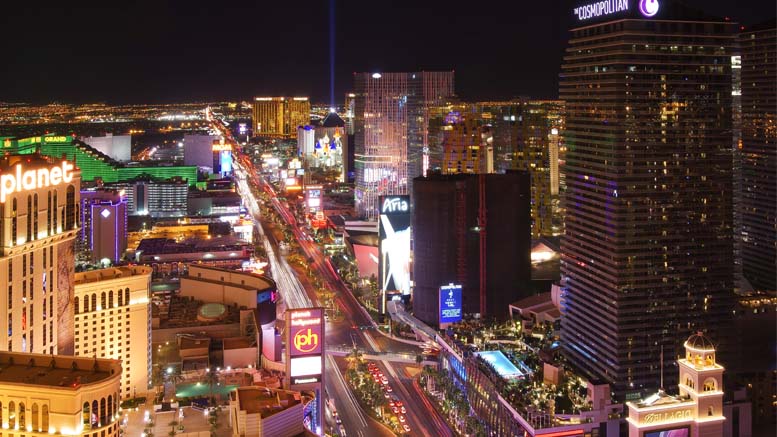
The shortest National Scenic Byway is only 3.4 miles long and is the Las Vegas Strip in Las Vegas, NV. Despite being the shortest, the Las Vegas Strip might be the most traveled National Scenic Byway in the country, with countless people driving it every single day. The National Scenic Byway portion of The Las Vegas Strip encompasses Las Vegas Blvd. from the intersection of Washington Ave. to the intersection of Sahara Ave.

